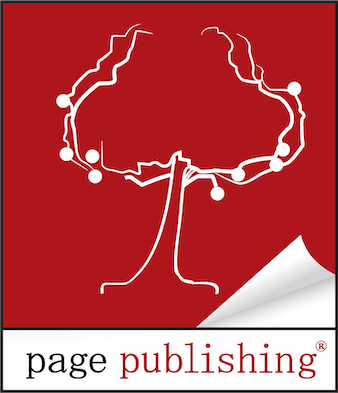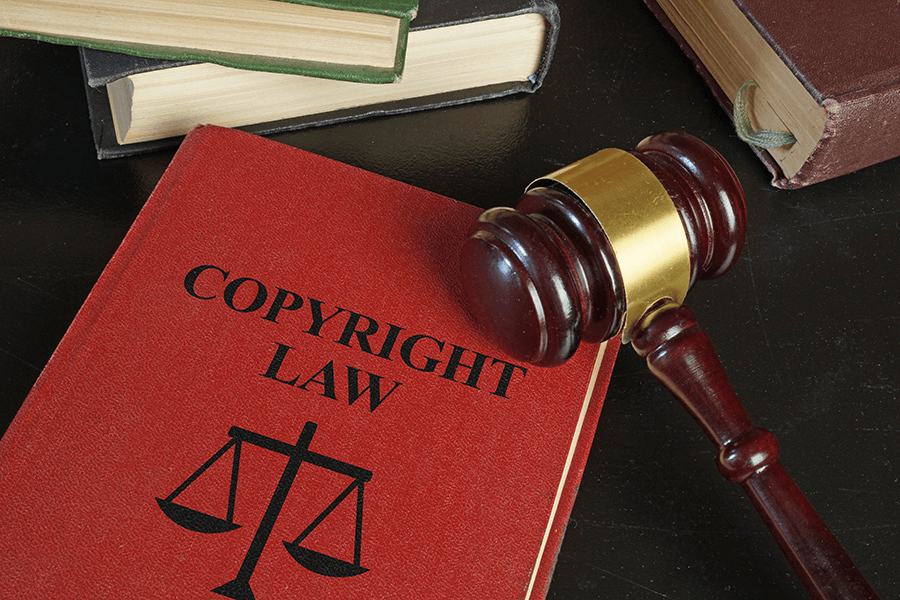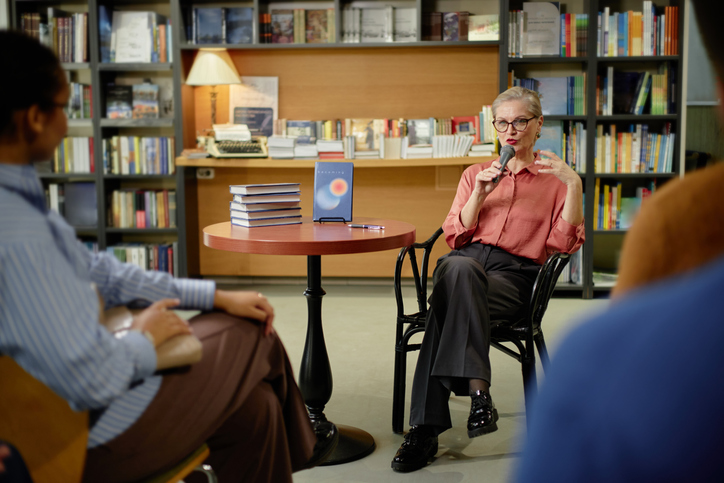
The Top 5 eReader Devices of 2024: Keeping Up with the Digital Reading Revolution

In an age where technology seamlessly integrates into every aspect of our lives, the way we read books has also evolved. E-readers, with their portability, ease of use, and access to vast libraries of digital content, have become a staple for book lovers worldwide. Let’s explore the top five eReader devices that are shaping the landscape of digital reading.
1. Amazon Kindle Oasis (2024 Edition)
At the forefront of the eReader revolution stands the Amazon Kindle Oasis, now in its latest iteration. Boasting a sleek design, a high-resolution display, and adjustable warm light for comfortable reading in any environment, the Kindle Oasis offers an unparalleled reading experience. With features like waterproofing, seamless integration with the Kindle Store, and support for audiobooks through Audible, it remains a favorite among avid readers.
2. Kobo Libra 2
For those seeking an alternative to the Kindle ecosystem, the Kobo Libra 2 emerges as a compelling choice. With its ergonomic design, large 7-inch E Ink display, and adjustable color temperature, the Libra 2 is designed for extended reading sessions without eye strain. Kobo’s expansive eBookstore, compatibility with various file formats, and integration with popular reading apps make it a versatile option for readers who value choice and flexibility.
3. Barnes & Noble Nook GlowLight 4
Barnes & Noble continues to make its mark in the eReader market with the Nook GlowLight 4. Featuring a crisp 6.8-inch display, adjustable warm and cool lighting, and long battery life, the GlowLight 4 offers a premium reading experience at an affordable price point. With access to Barnes & Noble’s extensive eBook catalog and support for library lending, it remains a solid contender for readers who prefer a dedicated eReader device.
4. PocketBook InkPad Color
For readers who crave a splash of color in their digital library, the PocketBook InkPad Color delivers in style. Sporting a vibrant 7.8-inch color E Ink display, the InkPad Color offers a visually stunning reading experience while maintaining the benefits of E Ink technology, such as long battery life and reduced eye strain. With support for a wide range of file formats and PocketBook’s user-friendly interface, it’s an excellent choice for graphic novels, comics, and illustrated eBooks.
5. Onyx Boox Nova3 Color
Rounding out our list is the Onyx Boox Nova3 Color, a powerhouse eReader that combines the versatility of Android with the benefits of E Ink color technology. Featuring a 7.8-inch color E Ink display, stylus support, and robust hardware specifications, the Nova3 Color is ideal for reading, note-taking, and creative endeavors. With access to the Google Play Store, users can customize their reading experience with a myriad of apps, making it a versatile companion for both work and leisure.
The eReader market continues to thrive with innovative devices that cater to the diverse needs and preferences of readers. Whether you’re drawn to the seamless integration of the Kindle ecosystem, the versatility of Android-based eReaders, or the vibrant color displays, there’s an eReader device out there to elevate your digital reading experience in 2024 and beyond.





